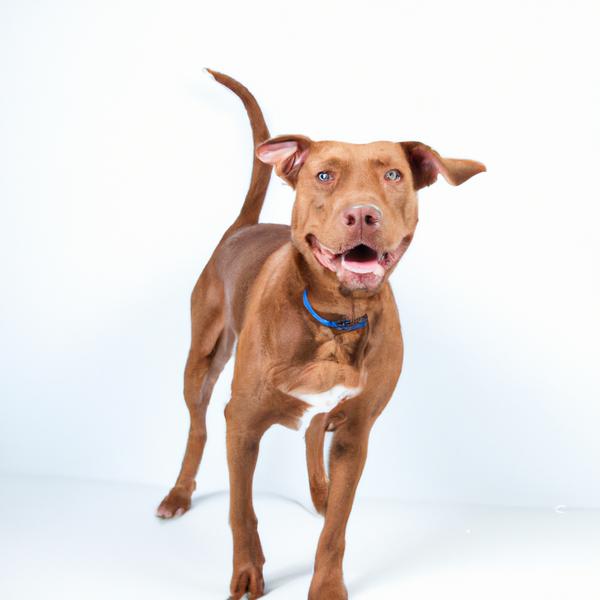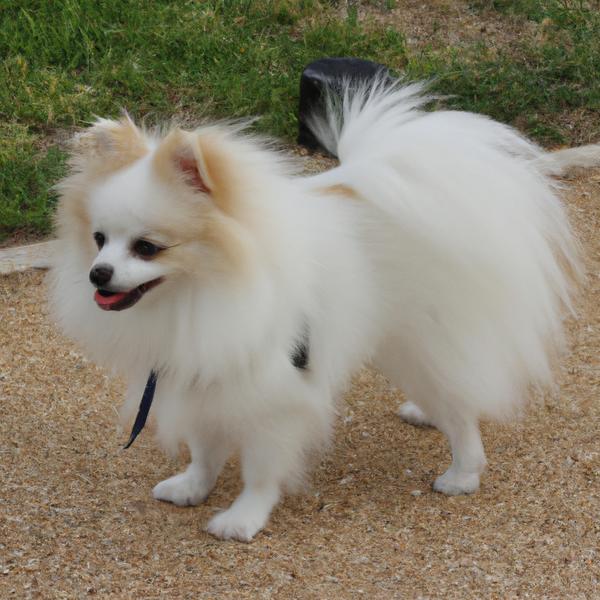Doxie-Pit vs. Pom-Coton: Breed Differences and Similarities
Hypoallergenic
Are Doxie-Pits or Pom-Cotons hypoallergenic, or neither?
Unfortunately, neither Doxie-Pit nor Pom-Coton are hypoallergenic, which may not make them the best choice for dog lovers who suffer from pet allergies.
Temperament
What are the personalities of Doxie-Pit and Pom-Coton dogs?
Playful
Stubborn
Clownish
Courageous
Intelligent
Friendly
Affectionate
Obedient
Loyal
Devoted
Lively
Strong
Willed
Aggressive
Clever
Active
Playful
Intelligent
Friendly
Docile
Affectionate
Lively
Sociable
Attentive
Trainable
Vocal
Extroverted
Shedding Level
Do Doxie-Pits shed more than Pom-Cotons, or which breed sheds more, Doxie-Pits or Pom-Cotons?
Doxie-Pits are low shedding dogs, requiring minimal coat care.
Pom-Cotons are moderate shedders, but regular brushing can reduce shedding and maintain coat health.
Ancestry
What are the origins of Doxie-Pit and Pom-Coton breeds?
American Pit Bull Terrier, Dachshund
Pomeranian, Coton de Tulear
Date of Birth
When were Doxie-Pit and Pom-Coton breeds first developed?
2000s
Unknown
Eye Color Possibilites
What are the eye colors of Doxie-Pit and Pom-Coton dogs?
Brown
Brown
Nose Color Possibilites
What are the natural nose colors of Doxie-Pit and Pom-Coton?
Black
Brown
Black
Coat Color Possibilites
What are the natural colors of the coat for Doxie-Pit and Pom-Coton breeds?
Fawn
Brown
Brindle
Black
Brown
Red
Cream
Fawn
Sable
Brindle
White
Blue
Coat Length
What is the typical coat length for Doxie-Pit and Pom-Coton breeds?
Doxie-Pits have short coats.
Pom-Cotons have longer coats compared to most dogs.
Coat Density
What is the density of the coat of Doxie-Pit and Pom-Coton?
Coat Texture
What is the hair texture of Doxie-Pit and Pom-Coton?
Straight
Litter Size
What is the usual litter size for Doxie-Pit and Pom-Coton?
A Doxie-Pit can have a litter of 4-8 puppies on average. However, it's worth noting that the size of the litters can vary greatly. Factors that can influence litter size include the health of the mother, breeding history, and genetics.
A Pom-Coton can have a litter of 4-6 puppies on average. However, it's worth noting that the size of the litters can vary greatly. Factors that can influence litter size include the health of the mother, breeding history, and genetics.
Adaptability
Doxie-Pits are known for their adaptability and can adjust well to different environments and lifestyle changes.
Pom-Cotons are highly adaptable and versatile, making them excellent companions for families and individuals of all lifestyles.
Health Issues
Between Doxie-Pit and Pom-Coton, which breed is more prone to health problems?
Doxie-Pit and Pom-Coton breeds are generally considered to be healthy. However, like all breeds, they are susceptible to certain health issues and it is important to keep an eye out for them and address them with your veterinarian as needed.
Major Concerns
What are the major health concerns for Doxie-Pit and Pom-Coton breeds?
Intervertebral Disc Disease
Hip Dysplasia
Legg-Calve Perthes Disease
Pateller Luxation
Patent Ductus Arteriosus (PDA)
Cerebellar Abiotrophy (Ataxia)
Minor Concerns
What minor health issues should be kept in mind when owning Doxie-Pit and Pom-Coton?
Patellar Luxation
Elbow Dysplasia
Demodicosis
Cataracts
Glaucoma
Hypothyroidism
Mono/Bilateral Cryptorchidism
Hydrocephalus
Tracheal Collapse
Sick Sinus Syndrome
Occasional Tests
What occasional tests are recommended for Doxie-Pit and Pom-Coton breeds?
Eye Examination
Physical Examination
Radiographs
Complete Blood Count
Internal Imaging (x-ray, CT scan, MRI, etc.)
Blood And Urine Analysis
Full Body Physical Examination
Eye Examinations (both internal as well as external)
X-rays of various parts of the skeletal system
Social Needs
Doxie-Pit vs Pom-Coton social needs comparison
Doxie-Pit has above average social needs and thrives with interaction with humans and other dogs.
Pom-Coton has very high social needs and requires regular mental and physical stimulation, a job or purpose, and companionship.
Sleeping Need
Which of the two sleeps the most/least: Doxie-Pit or Pom-Coton?
Doxie-Pit and Pom-Coton breeds are known to have moderate energy levels and normal sleep patterns, typically sleeping around 12-14 hours per day.
Mouthiness
Mouthiness Comparison: Doxie-Pit vs Pom-Coton?
Roaming urge
Doxie-Pit vs Labrador: Running away tendency?
Prey Drive
Doxie-Pit or Pom-Coton - which breed has a higher level of prey drive?
Activity Level
Which breed has higher energy, Doxie-Pits or Pom-Cotons?
Doxie-Pits are high-energy dogs. They need mental as well as physical exercise. These dogs require a lot of your involvement and without it they can, and will, become problematic dogs.
Pom-Cotons are medium-energy dogs and typically enjoy socializing and playing casual or even sustained games of chase with other dogs. They may also have occasional periods of barking or racing around the house.
Tolerance of being left alone
Walks per Week
How many miles should Doxie-Pit or Pom-Coton walk each week?
There's really no limit to how far you walk your dog as long as they're comfortable. For Doxie-Pit, it's at least 11 miles / week. Just remember to build distance and stamina gradually over time.
There's really no limit to how far you walk your dog as long as they're comfortable. For Pom-Coton, it's at least 5 miles / week. Just remember to build distance and stamina gradually over time.
Activity per Day
Do Doxie-Pits or Pom-Cotons require more exercise?
In general most Doxie-Pits usually need at least 120 minutes of exercise daily. This can be spread across the day and include all sorts of high-energy activities, like walking, running and playing.
In general most Pom-Cotons usually need at least 45 minutes of exercise daily. This can be spread across the day and include all sorts of high-energy activities, like walking, running and playing.
Grooming
Which breed is easier to maintain in terms of grooming, Doxie-Pits or Pom-Cotons?
The Doxie-Pit has low grooming needs and is easy to maintain.
Pom-Cotons require significant grooming, including regular trims and professional grooming assistance to maintain their coat. They may also require frequent bathing to keep their coat and skin healthy.
Brushing Frequency
What is the recommended brushing frequency for Doxie-Pit and Pom-Coton dogs?
Doxie-Pit should be brushed at least once a week. Of course you can give them more frequent brushes if you find that they are still shedding a lot
Ideally, Pom-Coton should be brushed at least 2 or 3 times a week (preferably daily) improve shedding.
Brushing Tools
What brushing tools are used for Doxie-Pits and Pom-Cotons?
Slicker Brush
Comb
Nail Clipper
Pin Brush
Dematter
Deshedder
Nail Clipper
Cups
How much food should be given to Doxie-Pit or Pom-Coton in cups?
For an average 20-30 pound (9 - 14 kg) Doxie-Pit feed 3 cups daily. But, keep in mind, the amount you feed is going to be dependent on the quality of the food you are feeding.
For an average 3-15 pound (1 - 7 kg) Pom-Coton feed 1 cups daily. But, keep in mind, the amount you feed is going to be dependent on the quality of the food you are feeding.
Daily Cost
Which breed has a higher daily cost, Doxie-Pit or Pom-Coton?
The average cost of a Doxie-Pit is somewhere $1.70 - $2.00 per day.
The average cost of a Pom-Coton is somewhere $1.10 - $1.40 per day.
Monthly Cost
Which breed has a higher monthly cost, Doxie-Pit or Pom-Coton?
The average per month expenses of a Doxie-Pit is between $48 - $49. This makes an average of $576 - $588 per year. It will be on the higher side when the dog is still small because it will need more frequent visits to the vet, shots.
The average per month expenses of a Pom-Coton is between $35 - $42. This makes an average of $420 - $504 per year. It will be on the higher side when the dog is still small because it will need more frequent visits to the vet, shots.
Sensitivity Level
How do Doxie-Pit and Pom-Coton compare in sensitivity?
This breed is sensitive and requires gentle handling and a calm home environment.
This breed is sensitive to its environment and best suited for patient and understanding families with a consistent routine.
Apartment Friendly
Which breed is more apartment-friendly: Doxie-Pit or Pom-Coton?
Doxie-Pits are good apartment dogs as long as they get enough exercise and stimulation outside of the apartment.
Pom-Cotons make excellent apartment dogs, being fairly active indoors and not requiring a yard.
Child Friendly
Do Doxie-Pits or Pom-Cotons have a friendlier temperament towards children?
Doxie-Pit and Pom-Coton are average friendly dogs towards children.
Senior-friendly
Which dog is more suitable as a pet for the elderly - Doxie-Pit or Pom-Coton?
Cat Friendly
Do Doxie-Pit or Pom-Coton breeds have a better compatibility with cats?
Doxie-Pits are somewhat cat friendly and can be trained to get along with cats.
Pom-Cotons are very friendly with cats and make great companions for them.
Dog Friendly
Which breed is more sociable with other dogs: Doxie-Pit or Pom-Coton?
Doxie-Pits are less friendly towards other dogs, but can improve with socialization.
Pom-Cotons are friendly and active companions, and can be good family pets, though their friendliness towards other dogs may vary.
Pet friendly
How do Doxie-Pit or Pom-Coton dogs interact with other pets?
Stranger Friendly
Which breed is more friendly with strangers: Doxie-Pit or Pom-Coton?
Doxie-Pit and Pom-Coton are average friendly around strangers. They can be wary around strangers and a little standoffish, so early socialization is key to ensure they are comfortable around new people.
Playfulness
Which breed is more playful between Doxie-Pit and Pom-Coton?
Doxie-Pit and Pom-Coton are playful dogs. So, no matter how busy the day may get, the best thing you can do for Doxie-Pit and Pom-Coton is to make time each day to play. It can be as little as 15-20 minutes, and it will mean the world to them.
Trainability
How do the trainability levels of Doxie-Pits and Pom-Cotons compare?
Doxie-Pit and Pom-Coton dogs are known for their ease of training and ability to learn quickly, making them a popular choice for pet owners and trainers alike.
Compare Doxie-Pit with other breeds
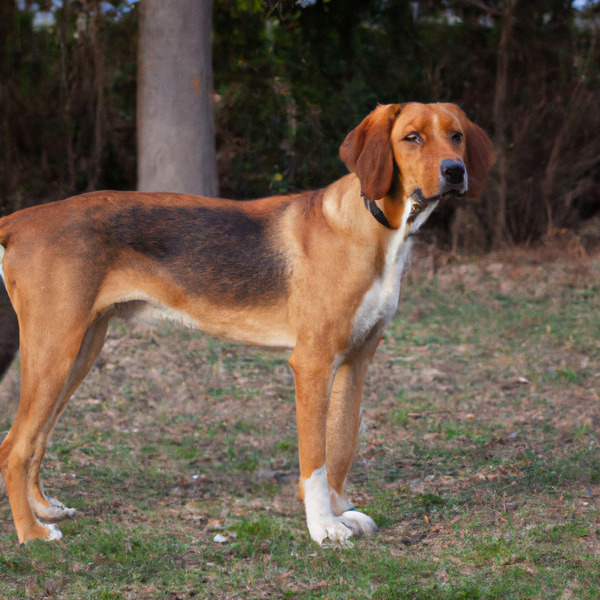
Serbian Hound
Doxie-Pit vs Serbian Hound
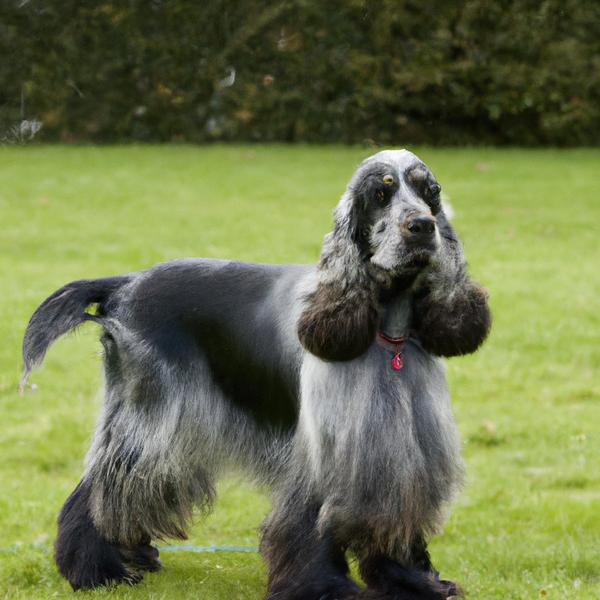
Blue Spaniel
Doxie-Pit vs Blue Spaniel
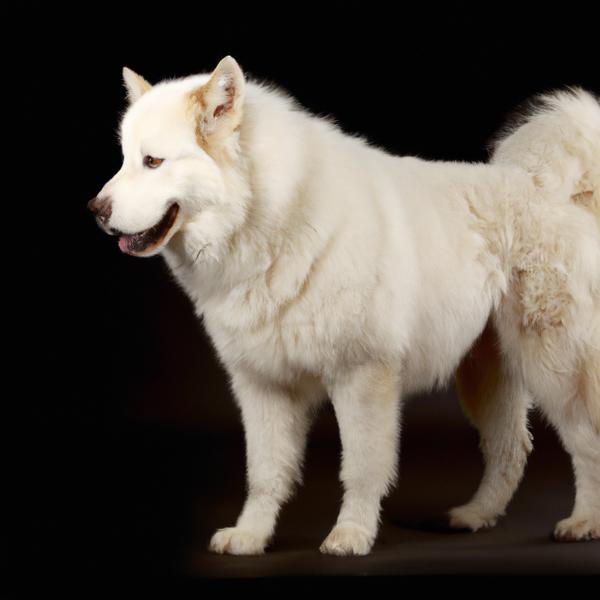
Pyrenees Husky
Doxie-Pit vs Pyrenees Husky
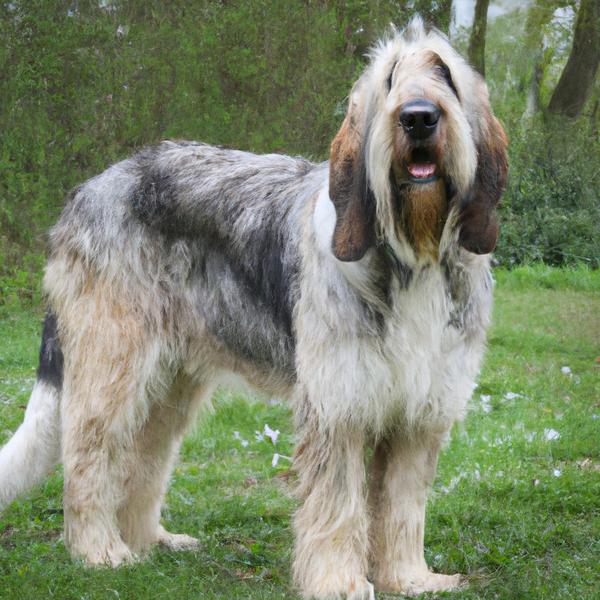
Grand Basset Griffon Vendeen
Doxie-Pit vs Grand Basset Griffon Vendeen
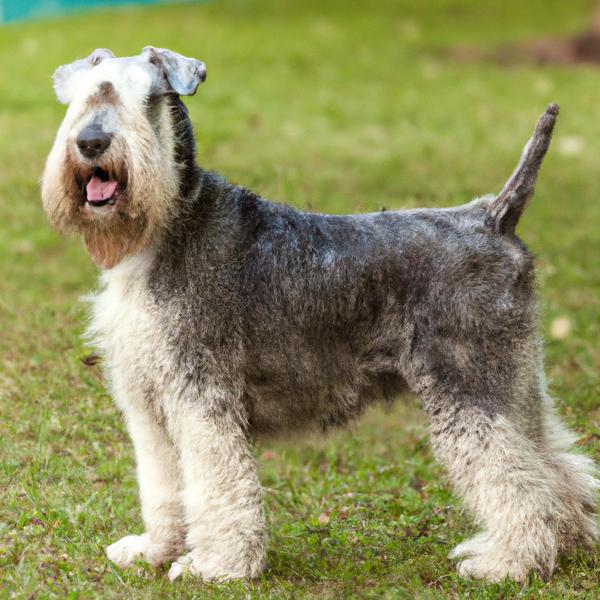
Sealyham Terrier
Doxie-Pit vs Sealyham Terrier
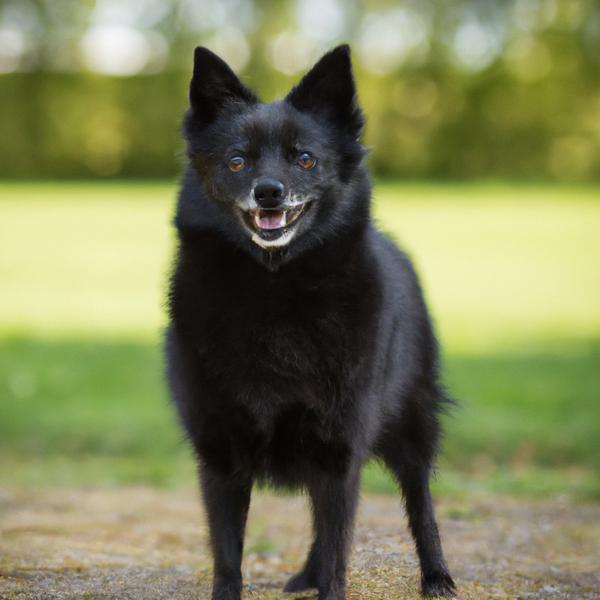
Schipperke
Doxie-Pit vs Schipperke
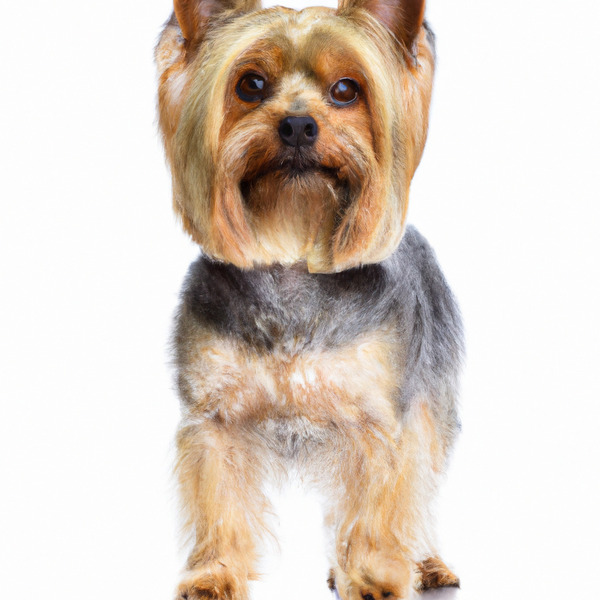
Yorkshire Terrier
Doxie-Pit vs Yorkshire Terrier
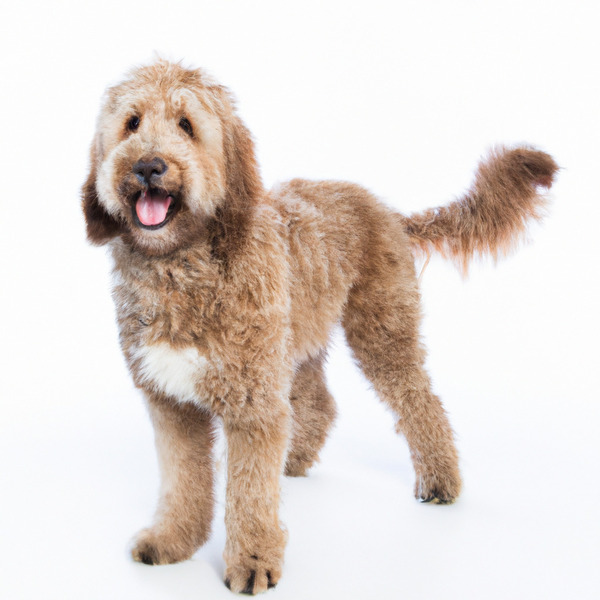
Bordoodle
Doxie-Pit vs Bordoodle
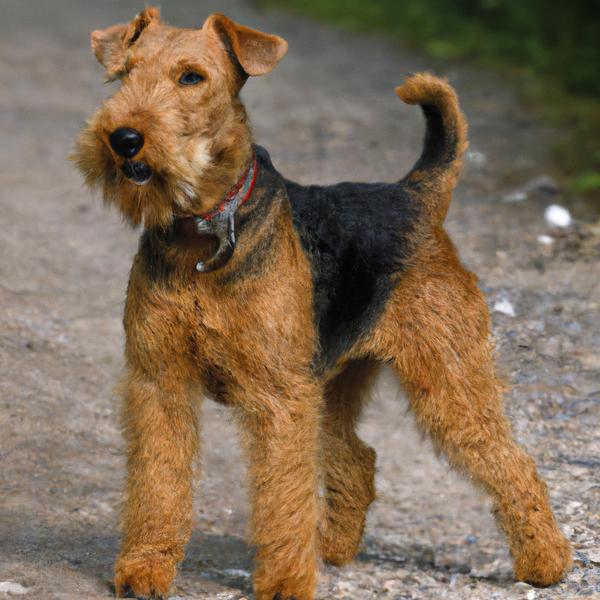
Welsh Terrier
Doxie-Pit vs Welsh Terrier
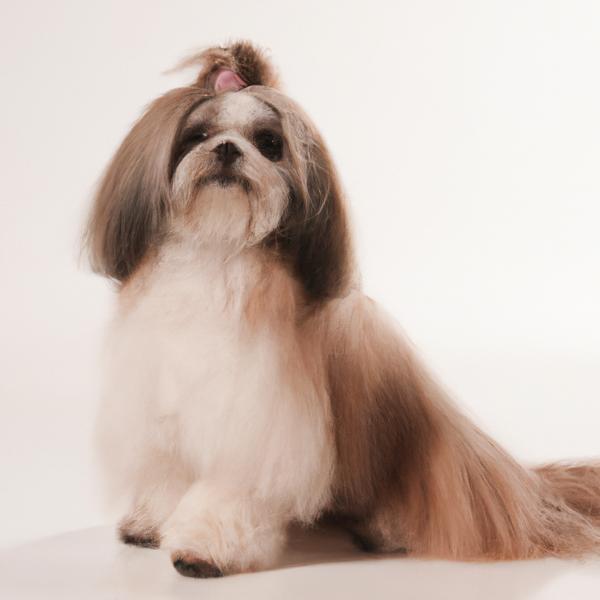
Toy Fo-Chon
Doxie-Pit vs Toy Fo-Chon
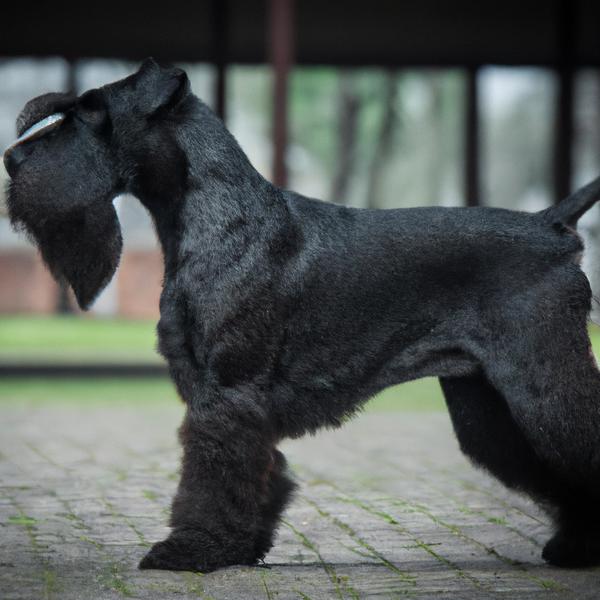
Giant Schnauzer Chin
Doxie-Pit vs Giant Schnauzer Chin
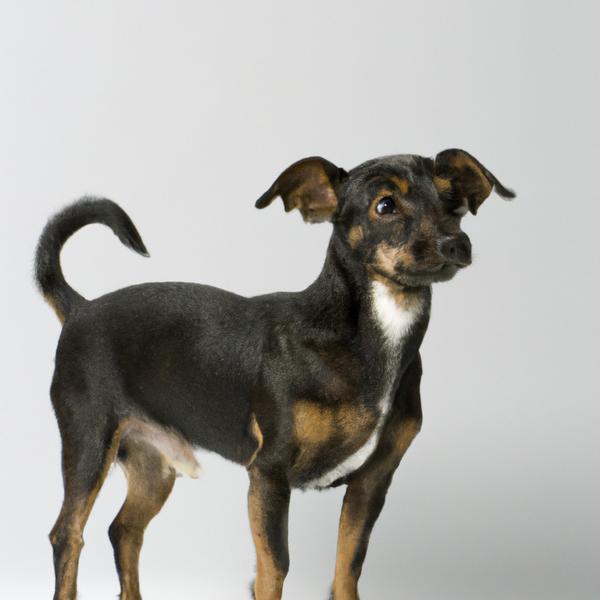
Chilier
Doxie-Pit vs Chilier
